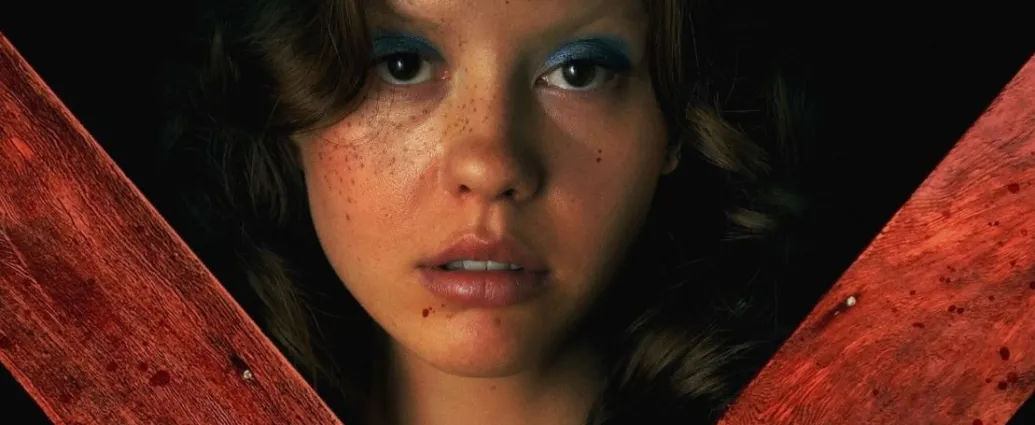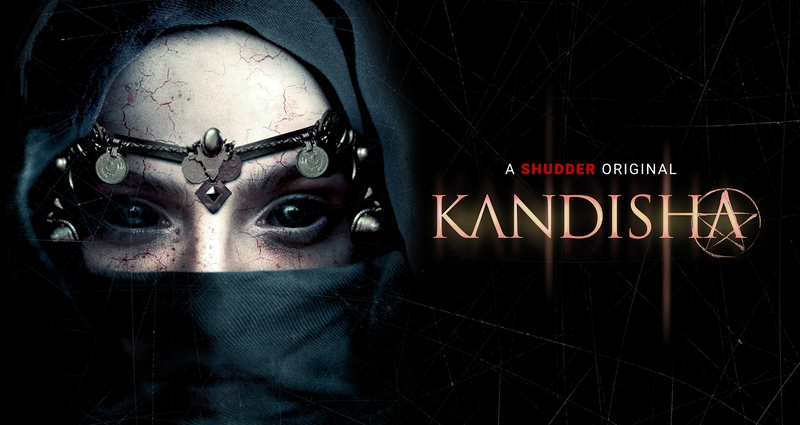In retrospect, if I had to describe 2023 for me from a videogame perspective, the year could be summarized in totality with a single word – Persona. The fact is, I played more Persona this year than I played any other videogame in the last two years combined. In the first half of 2023, I played and completed Persona 3, Persona 4, and Persona 5 (logging about 200 hours of gameplay between them all). The reason I mention Persona might confuse you, but it will make sense if you allow me to explain. The Persona series was the first visual novel videogame I had ever experienced. It had elements of a high-school simulator and is certainly a very good turn-based RPG as well, but the beauty of the series is how it manages to incorporate all three things without short-changing you on either of them. Experiencing Persona, in turn, opened my mind to a genre I had always written off and never explored. It’s the reason I am actually very excited for Silent Hill f, and it is the reason I decided to play through Danganronpa: Trigger Happy Havoc.
Although I ended up having a lot of mixed emotions about Danganronpa, I can say I was wholly satisfied by the unique and unusual experience it provided. Developed and published by Spike, the videogame was originally released on the PlayStation Portable in late-2010 before being ported over to the Xbox One, which is the console I experienced it on.
Other than calling it a visual novel, Danganronpa can best be described as a murder mystery videogame, a series of whodunnits in succession to one another. (Players of Capcom’s Ace Attorney should feel at home with this.) In Trigger Happy Havoc, the player assumes the role of a high school student named Makoto who finds himself enrolled in Hope’s Peak Academy, a rather prestigious school our protagonist has no real business be a student of. The school is tailored toward the best of the best, and our protagonist, although proves resourceful, is a rather ordinary high school student. Things take a drastic and dark turn when he arrives at the school, however, as he finds the windows have been bolted down and all exits have been blocked off. The class of students are soon introduced to a robot bear named Monokuma, who acts as the Principal and sort-of the mascot of the whole operation. He explains to them that they are not allowed to leave the classroom – ever. That is, unless the agree to be participants in a glorified battle royale against one another.
The concept is deceptively simple to explain. In-order for a student to be set free from the school, they must murder one of their classmates. The kicker is, after a student is murdered, a “class trial” will be conducted. Makoto and the rest of his classmates will look over the evidence they have collected and discuss it with each other before being tasked with reaching a verdict. If they are correct, the student convicted of murder will be sentenced to a particularly gruesome and violent death, and life in the school will resume until another murder is committed. If they are incorrect, the student who tricked them will be set free from the school, and the rest of the class will be killed – ending the game.
As the player progresses in the game, you will find more information about the school and its mysterious history, more about the robot bear Monokuma, and more about all of the classmates at Hope’s Peak Academy.
I, myself, was taken in by the concept of Danganronpa. The concept is easy to love, in an instant classic kind of way, something so out there and brilliant that it immediately pulls you (at least as a short term novelty).
The characters are interesting, whereas some of them I found myself looking forward to their demise. I would compare the characters to an anime series like Assassination Classroom or My Hero Academia. You have characters you outright don’t care about at all, ones who you shrug your shoulders at altogether, and you have characters that you outwardly despise, ones who are meant for comedic relief that end up coming off too crass or perverted to not actively loathe the very sight of. Thankfully, by the end, it becomes clear who the three central classmate characters are, and I like all three of them.
The gameplay is rather basic and the gameplay that isn’t basic, I think, is bad. As prefaced, Danganronpa can largely be called a visual novel. You listen and click through dialogue and let the story unfold as it will. Everything follows a linear path and you won’t change any of it. However, as you search the environment and uncover evidence, you are welcomed to a simple, pleasant point-and-click mystery game. It doesn’t require a lot of deductive reasoning, but it can be fun to try and make sense of the clues put in front of you. Sometimes a verdict will be outright obvious to you, and it feels like you have to spoon feed characters what feels like obvious, intuitive information, but, for the most part, I found myself at least taking by the charm of the characters enough that it wasn’t usually tedious.
Gameplay also incorporates elements of a dating simulator and allows you to have relationships with characters during the lulls between murders. This part is fine, but it is very shortchanged and undercooked. My playthrough of Danganronpa clocked out at around twenty-five to thirty hours, which is suffice to say that it isn’t exactly a short experience at all, especially when almost all of it is story-driven. That said, that time simply isn’t allocated to building relationships with each character, and the relationships you do form aren’t particularly nuanced or in-depth. Couple that in with the fact you don’t always know the shelf-life of each character you interact with, and it can make the experience vary. Sometimes you will spend a lot of free time on certain characters and completely miss out on interactions with a character that is axed. Or, you may try to divvy up your time, and it can result in a certain imbalance where no relationship feels fulfilled. This is something you might think encourages multiple playthroughs, but with how shallow the relationships feel, it really doesn’t.
Again, thankfully, the three characters I was most interested in, with the most fleshed out characters, are fleshed out during investigations and trials, meaning their unmissable. I also particularly like the Monokuma character – he is a little bit like Koro-sensei in Assassination Classroom. In that, Koro-sensei is a character who claims he will end the world unless his students can successfully kill him. In that, the character is portrayed as good-natured and playful, and like he takes his position as a teacher for the classroom seriously, in contrast to the massive, foreboding threat of ending the world. Monokuma’s portrayal as a Principal (and Judge, during Trials) feels good-natured and playful as well. He reads morning announcements and acts as a mediator between the students, in contrast to the massive, foreboding threat of killing them all. The only difference is that Monokuma flips like a switch and will use fear and psychological warfare to his benefit. It’s fun stuff, and is amongst the most charming aspects of Danganronpa.
The videogame follows a straightforward formula. Each time a student is killed, you have to find evidence and figure out whodunnit. This makes the story have a certain mystery-of-the-week, episodic feel to it. Stories are filled to the brim with twists, some very easy to telegraph, others not as much.
The bad aspect of the gameplay is the class trials. The gameplay during the class trials is the most intense aspect of Danganronpa and is certainly the most engaging aspect from a gameplay viewpoint. Characters recount the events leading up to a fellow classmates’ murder, presented in a court case format, and it is your job to help develop a proper, accurate timeline of events, leading to the correct verdict. This can includes things like highlighting contradictions in a persons’ story or using evidence you have discovered to fill-in blanks or present counterarguments. As an idea, the trial is a really unique and interesting concept. I like the concept a lot. The issue I have, however, is that it is incredibly awkward and clunky in execution. It isn’t always clear how the game wants you to use certain pieces of information, sometimes the mini-games themselves are either unfun or janky, and sometimes it feels like the dialogue can go in circles again, and again, and again. What should have felt like the ultimate culmination of each “case” ended up being the part I wanted to be done with the fastest.
By the end, I am fairly mixed on Danganronpa. It has too much charm to ignore and I don’t regret playing it in the least. It is a neat idea, benefited by a unique art style that incorporates the standard but good anime-style illustrations you would expect from a visual novel, and flat 2-D cutouts that make for a distinct visual style that I am not accustomed to, but was welcome to. The characters are hit-and-miss, but I did find myself genuinely taking to some of them. Unfortunately, it is rather lacking as a simulator or a point-and-click, and certain aspects I feel could have been workshopped better, which is enough to make me think it won’t be for everyone, or that it may have even been preferable as an animated series or graphic novel.





